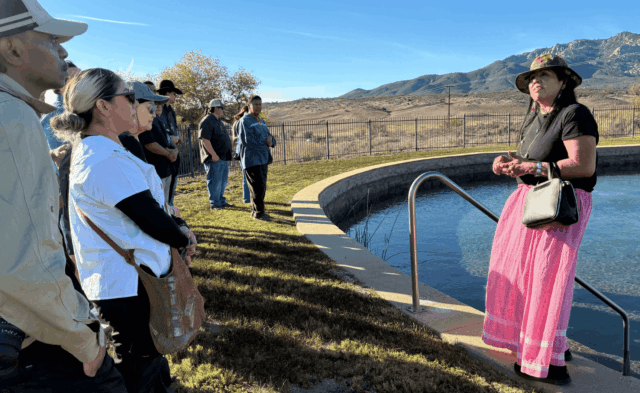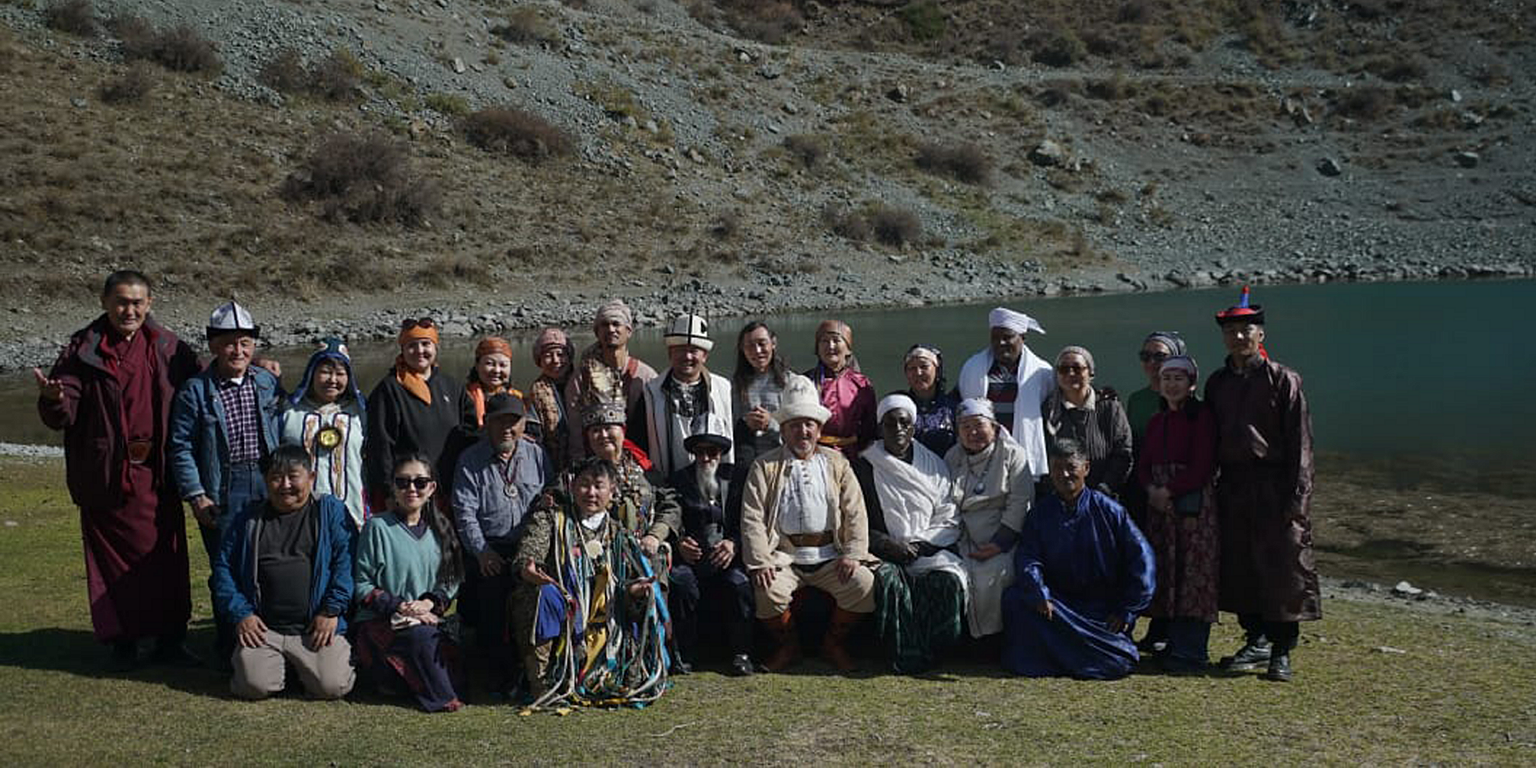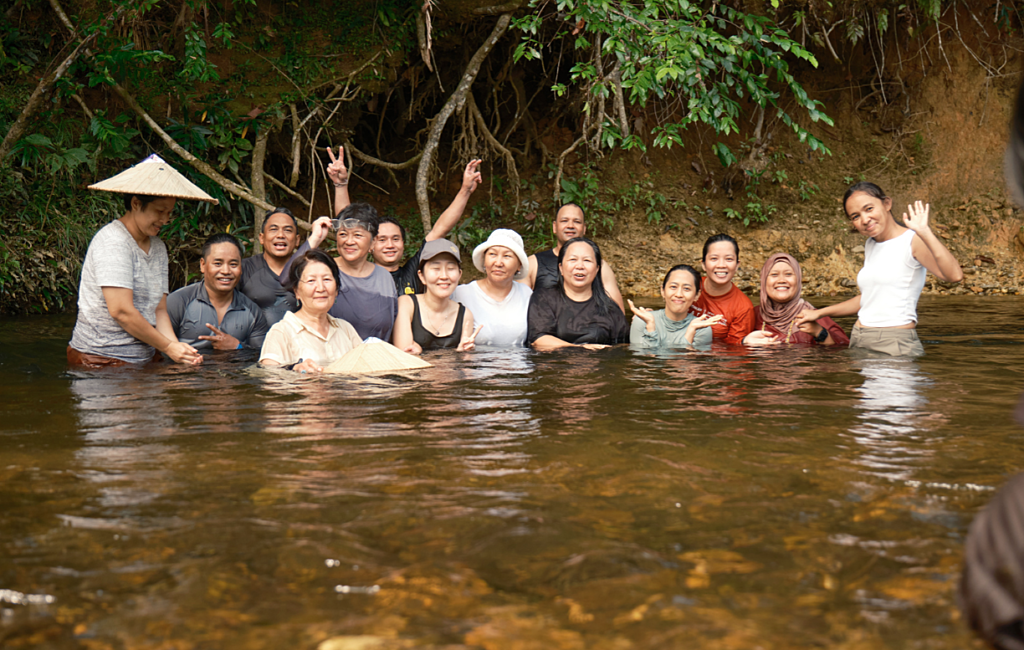The Gabbra pastoralist community, which number around 141,200 people and inhabit the vast (35,000 squares kilometers) semi-arid region of northern Kenya, share an intricate relationship with their land, environment and resources. They herd camels, cattle, sheep and goats over a harsh landscape encompassing lava boulder and salt covered deserts.
The Gabbra move over long distances in the search for water and pasture. They engage in elaborate pasture and water management systems, foster vital social responsibilities and practice intricate drought early warning systems. They utilize different ecological niches to form the backbone of their economy and as a source of livelihoods, social contracts, spiritual sacrifices, and identity.
The Gabbra have deep ecological knowledge of their territory, which helps them obtain materials for their portable huts, herbal medicine, plants for ceremonial occasions, tools, weapons, and, most importantly, to sustainably manage resources and survive.


















